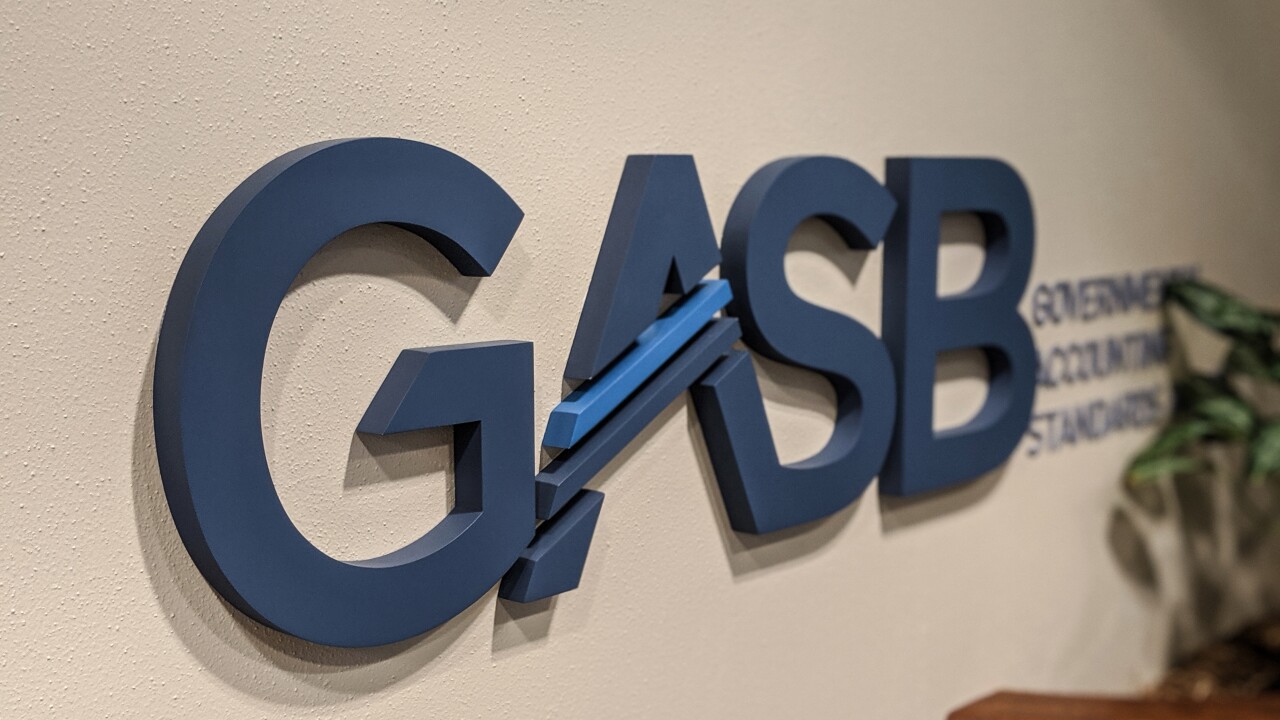
DALLAS – The growing fuel efficiencies of new cars and trucks could mean the end of the gasoline tax as the main source of federal transportation funding, according to highway advocates.
Vehicle manufacturers are on a fast track to complying with fuel efficiency standards that will go into effect in 2025, the Environmental Protection Agency said in a report released last week.
"Automakers are developing far more technologies to improve fuel economy than we thought possible just a few years ago," said Janet McCabe, acting assistant administrator for EPA's Office of Air and Radiation. "They are adopting these fuel-saving technologies into their fleets even faster than anticipated."
The study shows that car and light-truck makers are quickly adding to the nation's fleet of higher-efficiency vehicles that burn less fuel and generate lower average trust fund receipts, said Bud Wright, executive director at the American Association of State Highway and Transportation Officials.
"Transportation networks already need a substantial increase in project investments to curb congestion and meet growing demand, while rapid gains in vehicle efficiency mean policymakers are running out of time to solve long-term project funding problems," Wright said. "These findings are the latest in a series of warnings to our nation's leaders who set policies on how to pay for highway and transit system improvements."
A fuel-efficiency rule adopted in 2010 set the U.S. average fuel economy goal for new cars in 2016 at 34.1 mpg, up 11% from 2011. A 2012 rule raised the average fuel economy goal to 54.5 mpg by 2025, which the latest report said is achievable.
The current average for all vehicles on the road is 25 mpg, EPA said.
Automotive manufacturers will be able to meet the 2025 standards with a wide range of cost-effective technologies, mostly by relying primarily on advanced gasoline vehicles, EPA said.
The decline in per-vehicle fuel consumption may have strong implications for how Congress funds future highway and transit construction and safety programs, he said.
"This new data indicates that fuel tax revenue will be harder to come by as high-efficiency vehicles reach the market faster than expected," Wright said. "Many states have recently increased fuel taxes along with other fees to pay for infrastructure investments."
State and federal gas and diesel taxes are an effective way to generate revenue for transportation projects, he said.
"In fact, many states have recently increased fuel taxes along with other fees to pay for infrastructure investments," Wright said.
States are also facing a drop in gasoline tax revenues as vehicles become more fuel-efficient, said Grant Levi, director of the North Dakota Department of Transportation.
Each penny of North Dakota's fuel tax of 23 cents per gallon brought in $7.6 million in fiscal 2016, down from $8.7 million in 2015, Levi said. That is expected to drop to $7.4 million per penny per year in 2017 as vehicles travel farther on less fuel.
The 18.4 cent per gallon federal tax on gasoline and the 24.4 cent per gallon diesel tax provide most of the dedicated revenues to the Highway Trust Fund, which provides federal highway and transit grants to states.
The fuel taxes will generate $208 billion through fiscal 2020 to support the $280 billion of spending from the HTF during the five-year span of the Fixing America's Surface Transportation (FAST) Act, PL 114-94. The fuel taxes and other HTF-dedicated revenues were supplemented with a $70 billion transfer from the general fund to cover a $14 billion per year gap between collections and spending.
The Congressional Budget Office said in December that the HTF revenue gap would grow to $20 billion per year due to declining gasoline tax collections by the time the FAST Act expires in September 2020.





